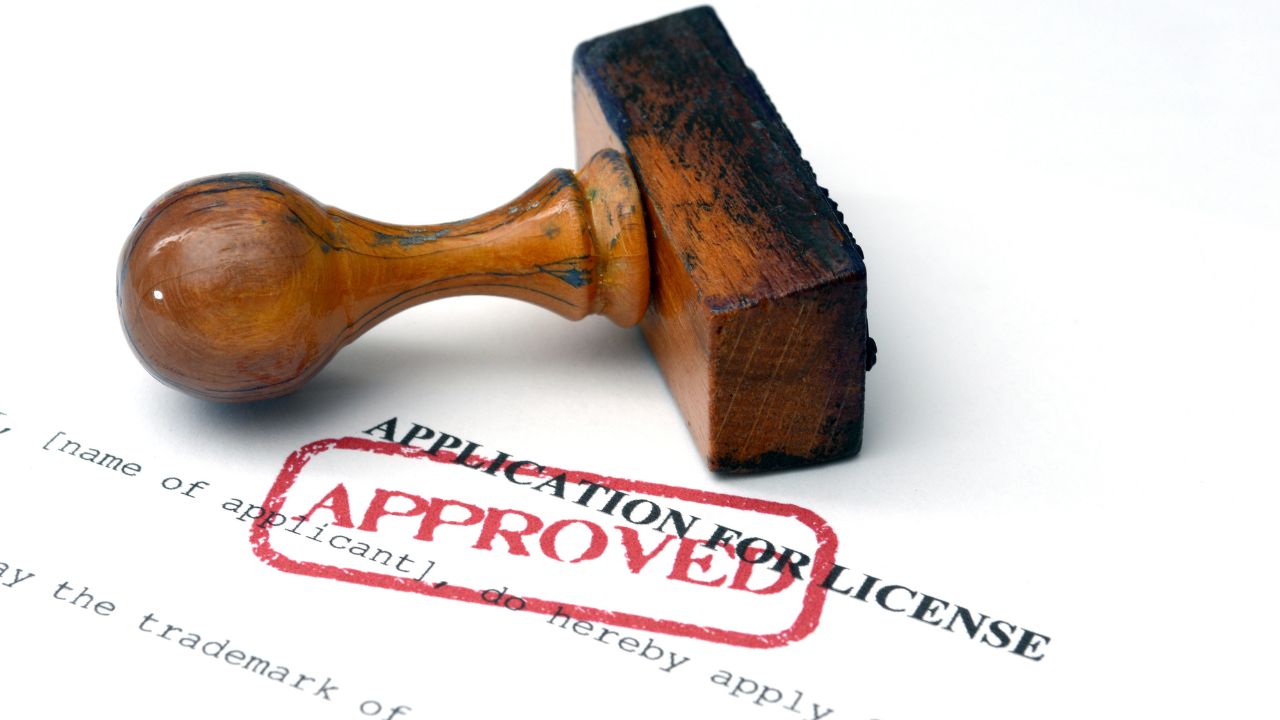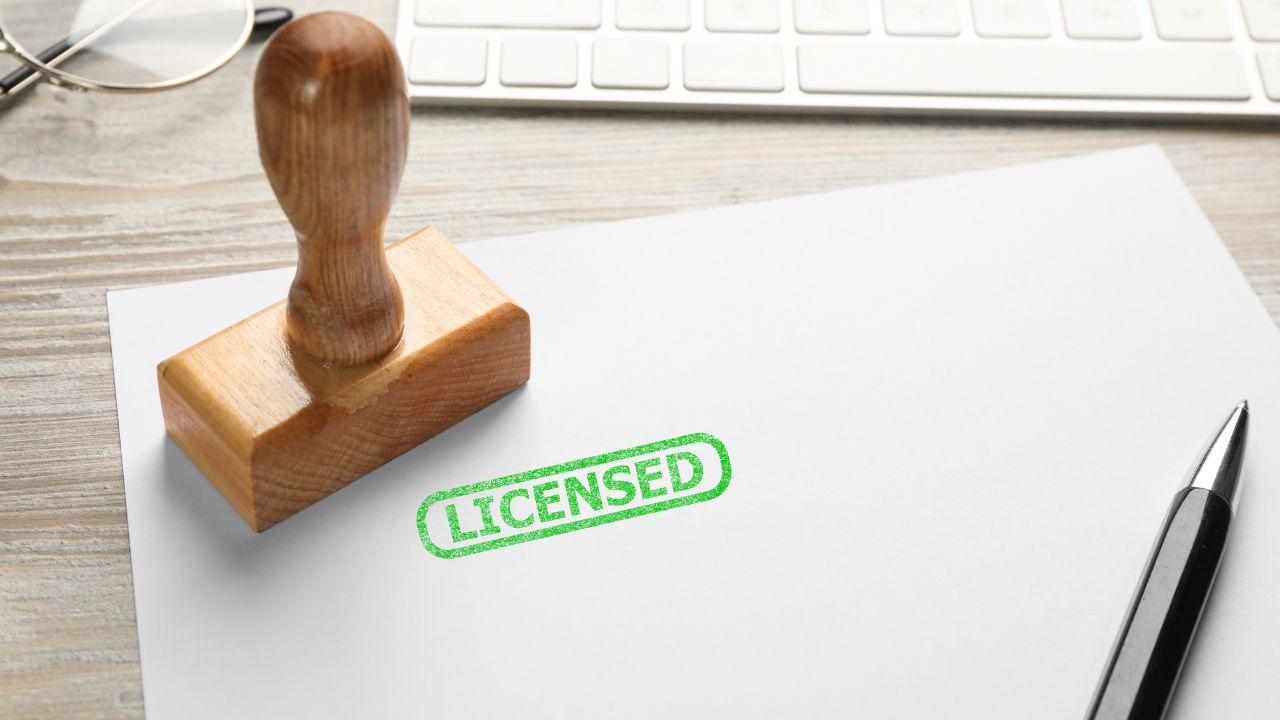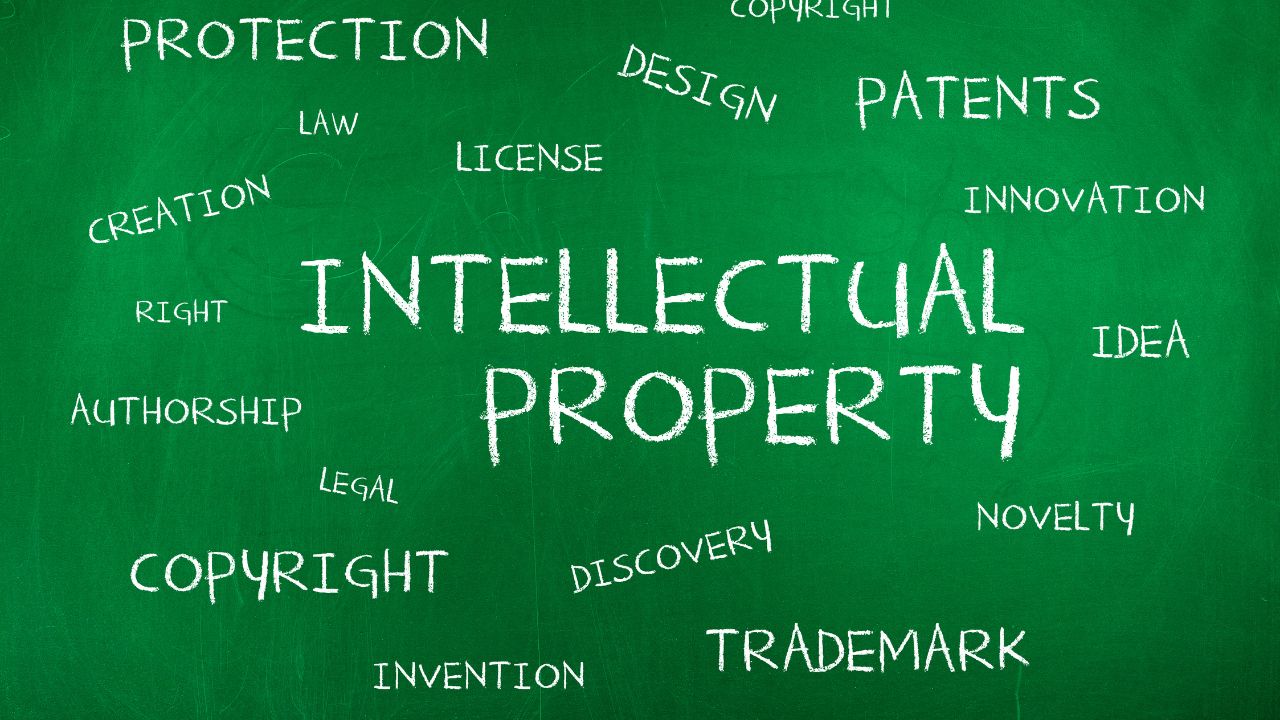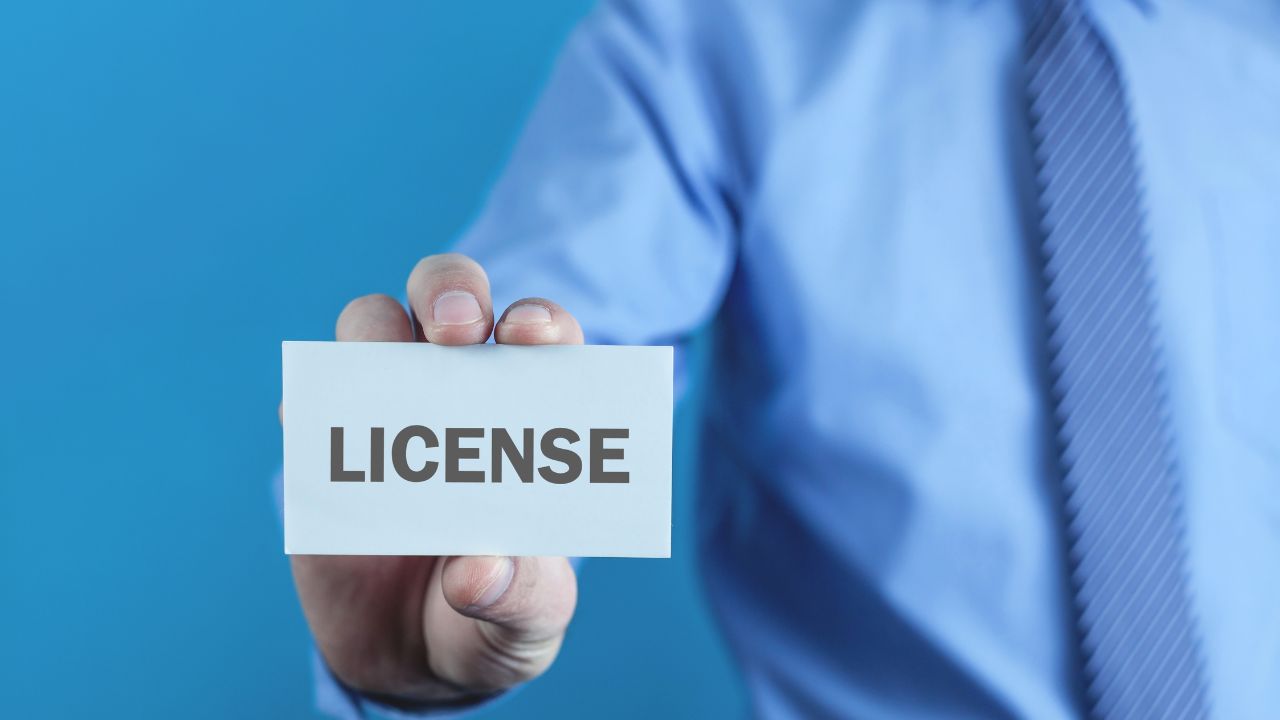A good licensing strategy helps boost revenue, grow your brand, and build long-term success. Whether you run a small business, manage a brand, or own a startup, knowing about brand and product licensing can open doors to growth and new opportunities.
This guide is a beginner-friendly walkthrough of what a licensing strategy is, how it works, and why it’s critical. We’ll also share practical tips, common components, and examples to help you develop your successful licensing approach. You’ll also discover how licensing agencies and proper management of licensing IP can play a vital role.
What Is a Licensing Strategy?
A licensing strategy is a plan for sharing intellectual property, such as trademarks, patents, or copyrights, with others in exchange for compensation or other benefits. It’s when a person or company (the licensor) permits another party (the licensee) to use their IP to make or sell products, usually through brand or product licensing.
This approach helps grow revenue, enter new product categories, and stay competitive by using brand strength or new technologies.
Why Is Licensing Important for Businesses?
Licensing offers advantages, such as:
- Revenue generation through royalty payments or upfront fees.
- Brand extension into new markets or industries.
- Sharing risks and responsibilities with the licensee.
- Building partnerships to access new expertise or geographic regions.
- Accessing the experience and networks provided by specialized licensing agencies.
Whether it’s a consumer product, technological solution, or creative work, licensing allows businesses to scale efficiently without making significant upfront investments.
How Licensing Works: Key Components
A strong licensing strategy includes several essential components to ensure clarity and protection for both parties involved. These include:
1. License Agreement
A license agreement is a legal document that defines the terms between the licensor and licensee. It covers critical details such as the scope of rights, duration, geographical coverage, and IP ownership. Enforcing brand integrity is a key consideration in these agreements to protect your licensing IP.
2. Royalty Rates
One of the primary ways licensors earn from a licensing deal is through royalties. These are typically calculated as:
- A percentage of sales revenue, or
- A fixed fee per unit sold.
The royalty rate impacts the profitability of a licensing program for both parties and is a standard component of brand and product licensing agreements.
3. Product Categories and Sales Targets
Careful planning ensures that the licensed product fits within the licensor’s brand licensing strategies. Sales targets should match the brand’s goals, making sure new products strengthen its image rather than weaken it.
4. Potential Licensee Evaluation
Licensors should vet potential licensees carefully. Ideal candidates have:
- A track record of successful licensing collaborations.
- Expertise in the relevant market.
- Commitment to maintaining brand integrity and proper usage of licensing IP.
Sales targets should match the brand’s goals, making sure new products strengthen its image rather than weaken it.
5. Strategic Licensing Objectives
Every licensing program should have clear strategic objectives. These might include:
- Entering untapped markets.
- Increasing brand visibility.
- Driving direct or indirect revenue growth.
Clear objectives make sure the licensing strategy, whether for a brand or product, supports the overall business goals.
Examples of Successful Licensing Strategies
Seeing real-life applications of licensing helps contextualize its potential. Here are a few cases worth noting:
Case Study 1: Disney’s Mastery of Brand Licensing
Disney grew its empire by licensing its popular characters and stories across products, from toys and clothes to theme parks and media. Their carefully orchestrated strategic licensing ensures that every licensed product reinforces their brand image while driving revenue. Disney often works with licensing agencies to extend its reach and maintain oversight of its Licensing IP.
Case Study 2: Coca-Cola Extending Its Brand in Consumer Products
Coca-Cola grows its brand by teaming up with manufacturers to make licensed products like clothing, kitchenware, and more. These partnerships expand product offerings while keeping their iconic brand strong and showing how to do licensing and IP protection the right way.
By studying companies like these, businesses can learn the importance of balancing growth opportunities with brand protection.
Common Questions About Licensing Strategies
How Can Licensing Help Startups Succeed?
Licensing can be a game-changer for startups looking to expand quickly without significant upfront capital. By licensing their unique intellectual property, startups can generate revenue while leveraging the licensee’s distribution networks or manufacturing capacities. Consulting with licensing agencies can streamline the process for those new to the world of Licensing IP.
If you’re a startup evaluating whether licensing is right for you, consider:
- The market demand for your IP.
- The reputation of potential licensing partners.
- Your willingness to share control over your IP in exchange for financial gain.
Steps to Create a Licensing Strategy
Building a successful licensing strategy requires a systematic approach. Use this step-by-step guide to get started:
1. Assess Your Intellectual Property
Determine which of your assets has licensing potential. This could be a recognizable brand, patented technology, or even a creative work like a film or video game. Conduct a thorough review of your licensing IP to ensure rights are clear and enforceable.
2. Identify Target Markets
Research markets or industries where your IP will resonate. Ask:
- Is there demand for licensing deals in this sector?
- What revenue streams can be unlocked?
- Would brand licensing or product licensing be the optimal strategy?
3. Create a Licensing Program
Develop the framework for your licensing agreements, clearly outlining areas such as permissible uses, geographic territories, and financial arrangements, including royalty rates. You may choose to collaborate with licensing agencies to manage larger or more complex programs.
4. Find the Right Licensee
Look for potential licensees who understand your industry and align with your values. Strong partnerships between the licensor and licensee lead to long-term, mutually beneficial collaborations.
5. Protect Your IP
Work with intellectual property lawyers to safeguard your Licensing IP. This makes sure it’s used correctly under licensing agreements and helps prevent infringement, especially in brand licensing or when outsourcing to third parties.
6. Measure and Optimize
Monitor each licensing program closely. Use data from sales targets, royalty collections, and market feedback to adjust strategies over time. Licensing agencies can also assist in managing and monitoring these crucial details.
Tips for First-Time Licensors
- Start Small: Begin with a single licensing deal to test your approach before scaling.
- Focus on Brand Integrity: Carefully vet licensees to ensure they uphold your brand standards throughout all product licensing initiatives.
- Use Clear Agreements: Never leave room for misinterpretation in contracts involving your licensing IP.
- Leverage Case Studies: Learn from others’ experiences to improve your approach.
- Consider Professional Help: Licensing agencies can simplify the process, especially if you’re new to licensing or have substantial assets.
Licensing may seem complex at first, but with a clear plan, trusted licensing agencies, and the right partners, it can be both manageable and rewarding.
Final Thoughts
A smart licensing strategy can boost growth, create new revenue, and strengthen your brand. If you have unique intellectual property, it’s worth considering.
If you want to start a licensing program or improve your brand licensing with an agency, you’ll find plenty of opportunities when done right. Start by knowing your strengths, finding the right partners, protecting your rights, and making sure every deal is fair and supports growth.
Ready to build your licensing strategy? Visit Marketing Immersion for expert insights and guidance.






